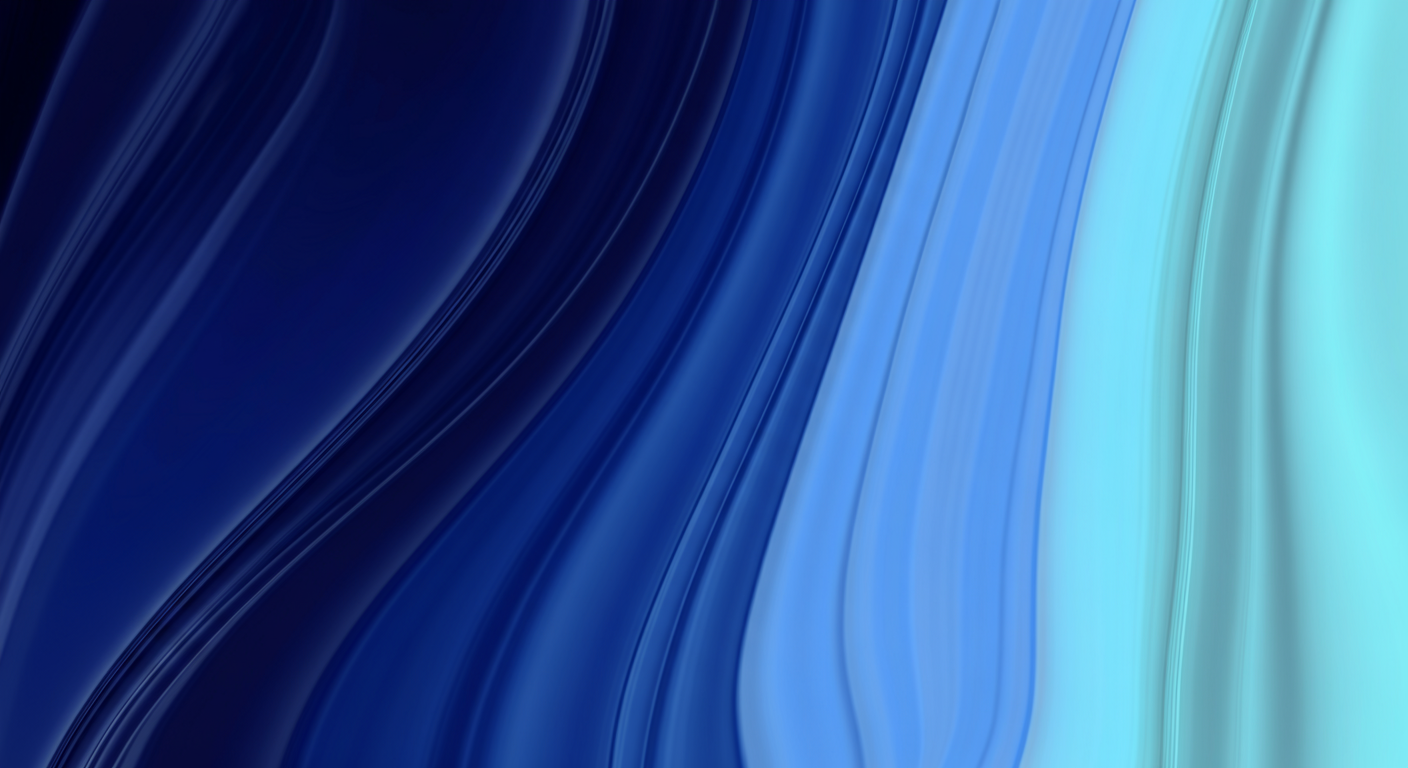CREATIVE ALCHEMY
CREATIVE ALCHEMY
Art as a Sacred Tool
Across cultures and time, art has been used to make sense of the unspeakable. It gives shape to what has been buried or fragmented, offering a safe container for grief, anger, and memory. In this way, creative expression becomes a form of ritual—a way to bridge the conscious and the subconscious, the seen and the unseen.
Modern psychology supports this ancient truth. Studies show that engaging in creative practices can regulate the nervous system, reduce symptoms of PTSD, and build emotional resilience. It can help integrate the scattered pieces of self that trauma so often fractures.

Guiding Principles of Creative Alchemy
Intuition Over Perfection – In creative work, there are no mistakes—only discoveries.
Expression as Integration – Art is not just an output; it’s a way to metabolize and integrate our experiences.
Ritual & Rhythm – Creating becomes a spiritual practice when woven into daily or weekly routines.
The Body as a Muse – Allow your hands, your breath, and your senses to lead—beyond the mind’s judgments.
Witnessing as Healing – Sharing your creations—whether with a trusted friend or the wider world—can be a step in reclaiming your voice.
The Invitation
Creative Alchemy at Seeds of Sattva is not about becoming a professional artist—it is about becoming a whole person. It’s about using the act of creation—whether through collage, painting, writing, dance, or any medium—to heal the places in us that feel fragmented.
When we create, we honor the truth that we are not passive recipients of our lives. We are active participants—shaping meaning, weaving beauty, and daring to imagine a future rooted in clarity and compassion.
Key Takeaway :
Creative Alchemy is the practice of using art to transform pain into possibility—turning the raw materials of your life into a tapestry of healing, beauty, and profound self-understanding.

Roots of Art Therapy
The field of art therapy emerged formally in the mid-20th century, influenced by the work of psychologists like Carl Jung and pioneers such as Margaret Naumburg and Edith Kramer. Naumburg championed art as a tool for accessing the subconscious, while Kramer emphasized its value in fostering emotional resilience and creative expression.
However, long before these modern frameworks, Indigenous and ancestral cultures around the world used art as a form of healing and ritual—a way to process grief, celebrate life, and connect with the divine. Today, art therapy blends these ancient practices with contemporary psychology, offering a structured yet deeply personal approach to healing that speaks to the universal human need to create and be seen.



